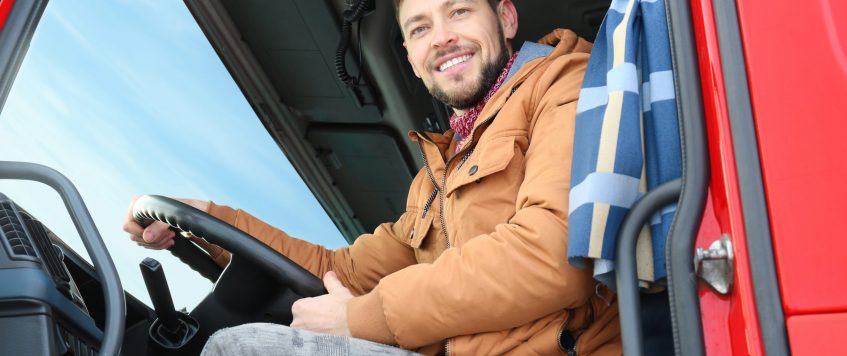-
15
Apr
What Does it Take to Be a Commercial Truck Driver?
Becoming a commercial truck driver is a great career choice. It can offer reliable pay and there is always high demand for experienced drivers. However, you can’t simply hop in the cab of a semi and start getting great jobs immediately. You need to earn your Commercial Driver’s License (CDL) and take several important steps before you can truly begin your trucking career. In this article, we will look at what it means to be a commercial truck driver and how trucking schools like America Truck Driving School can provide you with the training and resources you need to thrive in this industry.
Types of Trucking Routes
Once you have your training and commercial license, you may find yourself choosing different career paths within the trucking industry. Which is best will depend on what jobs are available, as well as your own personal preferences. Here are three of the most common types of trucking routes you can consider:
Over-the-Road (OTR)—This is what you might consider a long-haul trucker. These drivers are hauling freight across long distances (generally 250-plus miles) and may be driving different routes for each job, depending on a variety of factors. OTR trucking requires drivers to spend days—or sometimes weeks—on the road at any given time. These jobs can offer excellent pay and more independence.
Short-Haul—Now, we’re talking about shorter routes (less than 150 miles). These jobs generally don’t require much overnight travel. In some cases, you may be driving multiple routes each day with local routes only.
Dedicated Routes—This offers a more consistent schedule. These truckers generally work for one primary customer and drive the same routes day in and day out.
Expectations of a Commercial Truck Driver
There are numerous tasks truck drivers are generally expected to complete, beyond just driving the truck. You may be responsible for loading and unloading cargo, securing the cargo in the trailer, completing paperwork, going through truck scales, inspecting the vehicle and trailer, and keeping detailed logs of hours and tasks. Most of the time will be spent behind the wheel, and other expectations will depend on the contract, customer and route.
Becoming a Commercial Truck Driver
In order to become a commercial truck driver, there are several important steps you will need to take. First, you must meet the minimum requirements for earning your CDL. Truckers driving routes across state lines must be at least 21 years of age. It is possible to earn your CDL at the age of 18, but you will be limited to only local or intrastate routes. Younger drivers may have a harder time finding consistent work as most companies want their drivers to be at least 21.
You will need to have your regular driver’s license and a relatively clean driving record before you can earn your CDL. Attending a professional truck driving school is a great idea if you want to get proper training, experience and exposure to industry secrets. America Truck Driving School offers courses for those brand new to trucking, as well as more advanced programs for truckers looking to take their careers to the next level.
Ultimately, you will get your training and be in a position to earn your Commercial Learner’s Permit (CLP). This will enable you to start driving alongside a CDL holder and earning real-life driving experience. Expect to pass a physical exam and various written tests in order to secure your CLP. CLP driving experience will be critical when it comes time to earn your actual Commercial Driver’s License. You will also have to pass a background check, show proof of U.S. citizenship and have a certain level of driving experience (at least two years in most states).
CDL Options
There are three classifications of CDLs. Depending on which one you want, you may have to complete additional training and testing:
- Class A—Tractor-trailers, flatbeds and tankers
- Class B—Box trucks or buses (trucks without a trailer)
- Class C—Passenger vehicles with 16+ passengers or hazmat vehicles
Finding the Right Trucking Jobs
Gaining driving experience and earning your CDL are just the beginning to making truck driving your long-term career. Having endorsements from experienced drivers, trucking companies and truck driving schools will help you open more doors. Then, additional training will likely be required by any given employer or contractor to show you can handle their truck and freight requirements.
If you are thinking about becoming a commercial truck driver, the first step is the most important. America Truck Driving School is here to help you with the training, support and career resources you need to get started in trucking. Contact us today or visit our website to learn more about our training programs. Get signed up for a course today and begin your path to a rewarding career in trucking!
